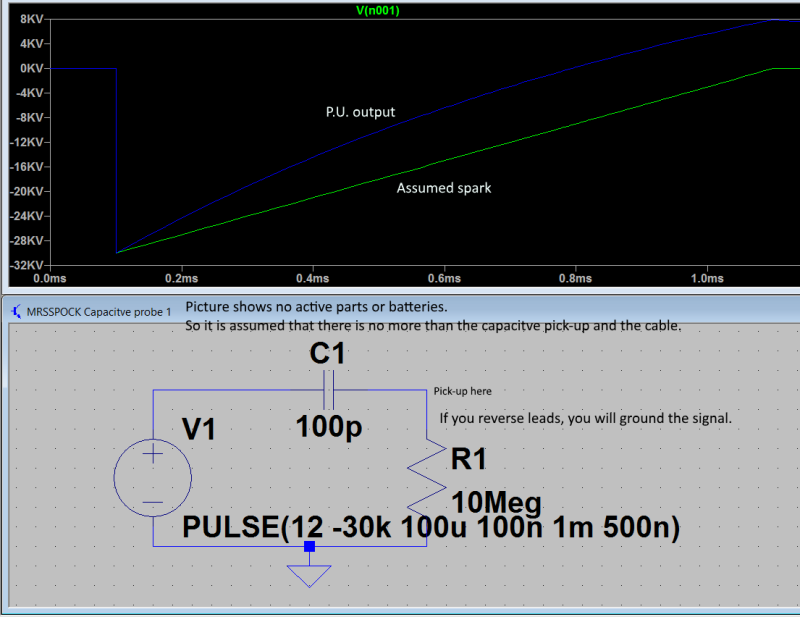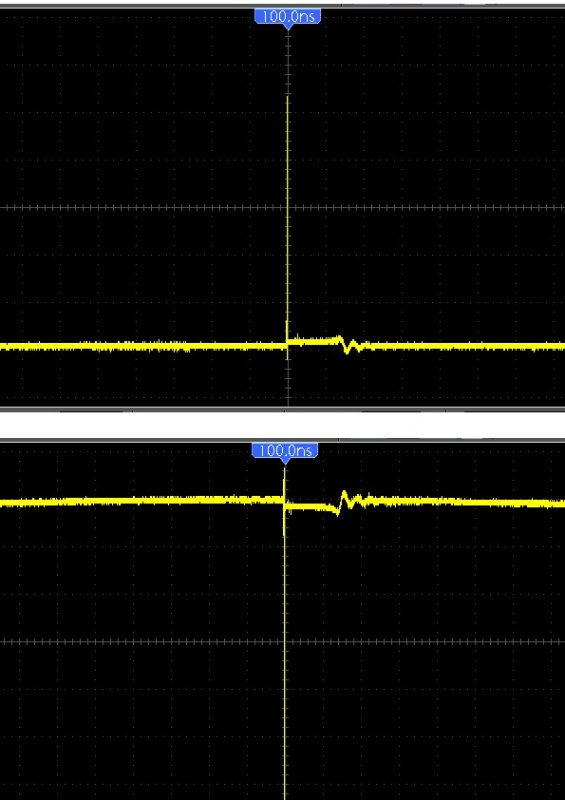I have searched for a few hours to no avail, for an adapter to connect to my oscilloscope probe, to reverse its polarity.
I have found some which look reasonably close to what I want,(but not quite, at extortionate prices). I only use a scope for simple pretty basic functions. I bought a Picoscope and was dissapointed to find that the INVERT function doesn't work very nicely. It inverts the waveform, but also displays the original. Then when you hide the original, the trigger diamond gets hidden also, but it's in the wrong place anyway, since it is on the opposite side of the zero line.
It's a pain in the butt.
The simple solution is a polarity adapter to fit on the end of the probe, but I can't find one anywhere. The closest I can find is an rfa 8333, but even though the connection ends are correct, the pin genders aren't correct. One side is and the other isn't.
One side needs to resemble the scope connection and the other the probe connector, but any I can find aren't like that.
Surely such a thing exists?
Am I looking for a jack -> jack, or a plug -> plug ?
Thanks
Here's an example of what I don't want, since both have a male pin internally.
I know I can make an adapter from bits and pieces but I prefer to buy the bespoke par if I can.
I have found some which look reasonably close to what I want,(but not quite, at extortionate prices). I only use a scope for simple pretty basic functions. I bought a Picoscope and was dissapointed to find that the INVERT function doesn't work very nicely. It inverts the waveform, but also displays the original. Then when you hide the original, the trigger diamond gets hidden also, but it's in the wrong place anyway, since it is on the opposite side of the zero line.
It's a pain in the butt.
The simple solution is a polarity adapter to fit on the end of the probe, but I can't find one anywhere. The closest I can find is an rfa 8333, but even though the connection ends are correct, the pin genders aren't correct. One side is and the other isn't.
One side needs to resemble the scope connection and the other the probe connector, but any I can find aren't like that.
Surely such a thing exists?
Am I looking for a jack -> jack, or a plug -> plug ?
Thanks
Here's an example of what I don't want, since both have a male pin internally.
I know I can make an adapter from bits and pieces but I prefer to buy the bespoke par if I can.


